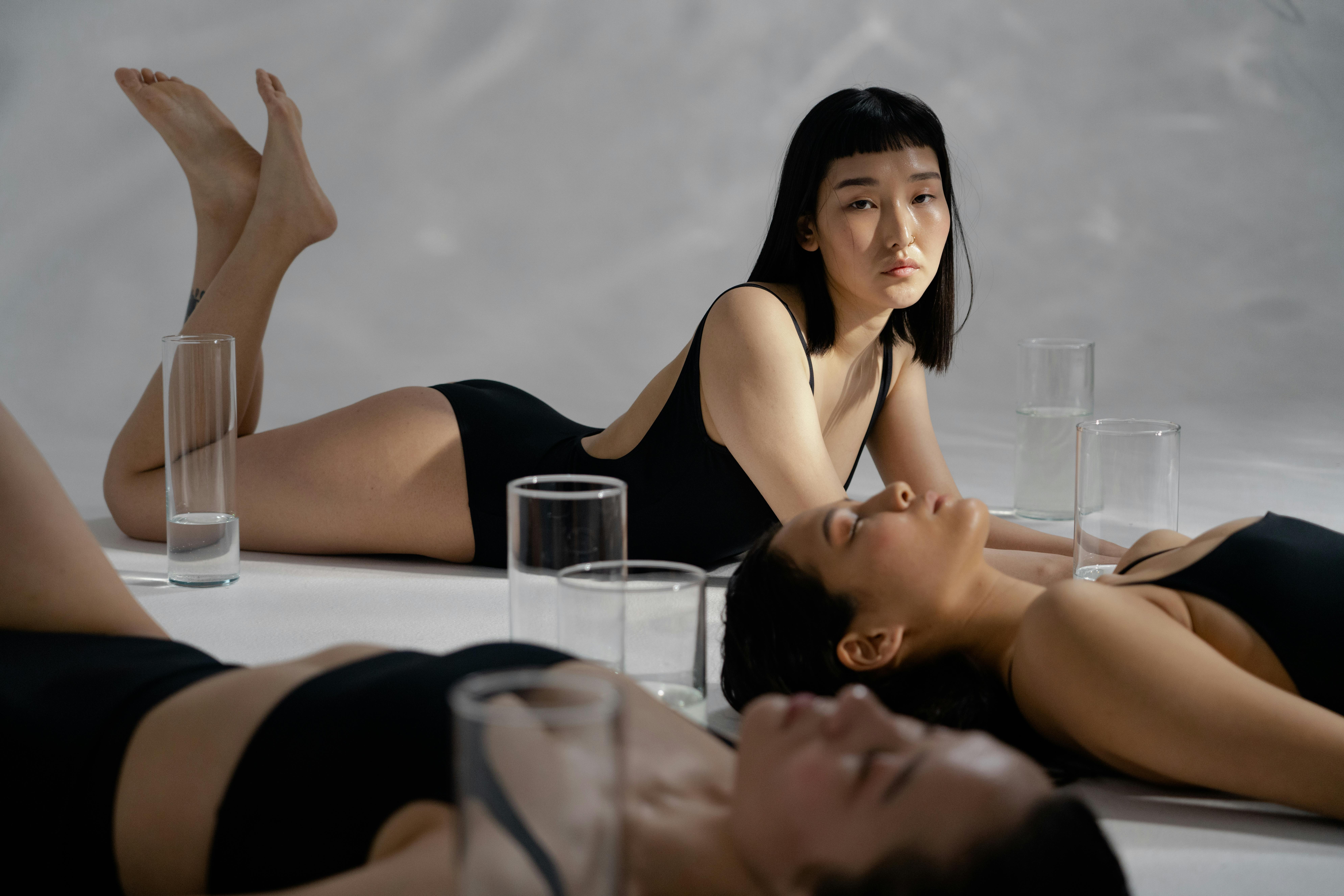The Korean wedding ceremony is a beautiful, complex tradition full of rituals. It’s no wonder that banquet halls dedicated to weddings churn out multiple ceremonies per day, given the number of traditions and guest list that are typically involved. It’s a very fast-paced event, and many of the participants may need help from the groom or bride to bow properly!
Paebaek, which takes place after the official marriage ceremony, is one of the most important and beloved wedding traditions in Korea. Its roots are in Confucianism, a philosophy that emphasizes respect for one’s elders. It is a time for the couple to show their gratitude and appreciation for their families’ support in making their union possible. The couple is expected to bring food and drinks for their parents, ancestors, and relatives. It is also a chance for the two to publicly express their love and commitment to each other.
Traditionally, the pyebaek was one of the last vestiges of an ancient pre-wedding tradition where the bride korean cupid review would visit the groom’s family home to bestow gifts of dates and chestnuts (which represent fertility) and then bow in subservience to her future in-laws. Today, however, couples often hold this ritual immediately following the ceremony. During the pyebaek, both sets of parents share their advice for married life with the couple.

The mothers of the bride and groom will then enter the room carrying candles. Usually, the mother of the bride wears red and the mother of the groom wears blue—these colors symbolize balance. After the mother’s procession, an officiant will begin explaining the ritual. Then, the newlyweds will drink a special wine called hapgeunrye from the same cup. The first sip represents unity, while the second symbolizes an exchange of gifts. Afterward, the couple will bow again to show respect for their parents and ancestors.
As for the attire, both the bride and groom will be wearing hanbok—traditional Korean clothing. For women, the hanbok consists of a long-sleeved top called jeogori and a loose skirt called chima. Depending on the style of wedding, the bride might add additional layers to her hanbok such as a magoja—a jacket that’s embroidered with silk thread; a wonsam—a topcoat that’s layered over the jeogori; or a jokki—a type of vest. The groom will likely choose to wear a more formal suit consisting of pants called baji, a jacket, and a durumaji—a robe-like topcoat.
Speak Your Mind